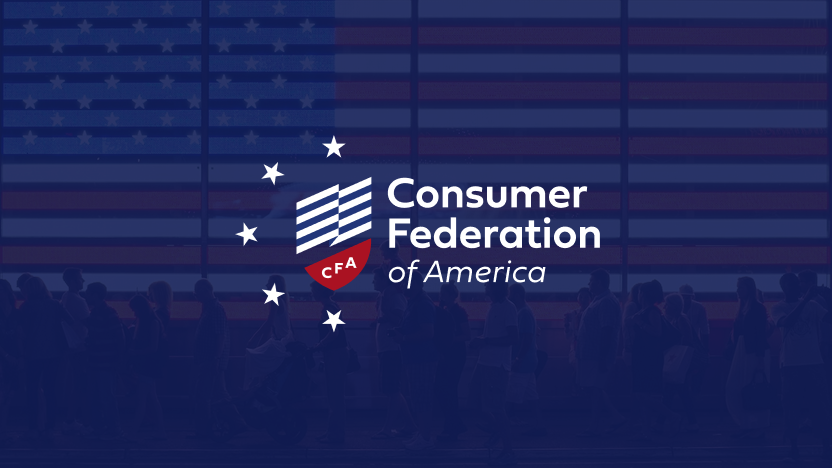Federal Communications Commission,
Consumer Advisory Committee,
The Policy ContextIn 2008 and 2009 Congress passed legislation that shifted the 75-year old focus of universal service policy from availability to adoption and utilization. Recognizing that broadband Internet service had become central to all aspects of daily life, it gave the Commission a year to deliver a National Broadband plan to achieve the goal of universal service.
In the Plan, the Commission concluded that the success of the Internet revolution rests on an innovation system that creates “virtuous cycles” of innovation and investment. Driven by entrepreneurial experimentation at the edge of the network, demand for new services is created that elicits investment in network capacity and functionality. This stimulates further experimentation at the edge that creates new demand and the cycle is repeated.
In its 2010 Section 706 report the Commission concluded that deployment of broadband in the U.S. was not reasonable and timely. To its credit, the FCC then used the concept of the “virtuous cycle” as the foundation of its Open Internet Order. To its even greater credit, the D.C. Circuit Court of Appeals accepted the “virtuous cycle” in upholding the FCC’s authority to adopt policies to promote the “timely and reasonable” deployment of broadband.
The Emergence of the Internet Innovation System
As outlined in CFA’s comments in the Open Internet proceeding, the challenge for the Commission is to develop a regulatory framework that protects and advances the “virtuous cycle.” To accomplish this goal, the FCC must recognize the Internet innovation system as a crowning accomplishment of progressive capitalism guided by astute federal policies. It was capitalism, operating under consumer, competition and innovation friendly rules that created the “virtuous cycle” of the Internet innovation system.
The key conditions that were directly influenced by FCC policy include the following:
- neutrality and openness of the communications network and network devices,
- no need to engage in costly bilateral negotiation with network owners over the cost and quality of access,
- interoperability,
- open standards, and
- an unprecedented degree of user-driven innovation,
- growth and importance of platforms, with divided and diverse platform leadership,
- an increase in the division of labor with specialization of supply firms,
- new relationships to capital markets (i.e. the large role of venture capitalists).
- direct and indirect network effects,
- knowledge flows and learning externalities.
Network Owner Threats to the Internet Innovation System
It is also important to recognize that these efforts were led by new entrants and innovators, not dominant incumbent network owners. Indeed, the dominant incumbents opposed every effort to create a decentralized communications network.
Given the strategic location of communications networks in the digital communications platform, unregulated pursuit of the private interests of network owners is likely to diminish innovation at the edge and harm the “virtuous cycle” in a number of ways:
Network owner actions can dampening the willingness and ability of the edge to experiment by:
- imposing counterproductive “worry” about the network and its devices,
- undermining interoperability,
- increasing costs substantially by forcing edge entrepreneurs to engage in bilateral negotiation, and
- chilling innovation through the threat of “hold up” of successful edge activities.
- preference for preserving the old structure,
- pursuit of incremental, process innovation rather than radical, product innovation, and
- a proprietary culture that prefers restrictions on the flow of knowledge.
- face less pressure to innovate,
- have the ability to influence industrial structure to favor their interests at the expense of the public interest,
- can use vertical leverage (where they are integrated) to gain competitive advantage over independent edge entrepreneurs, and
- have the ability to extract rents, where they possess market power or where switching costs are high.
Under the D.C. Appeals Court interpretation of section 706, the Commission must allow flexibility and negotiations, but it can impose conditions on the process of negotiation and identify the factors that will be used to evaluate outcomes for the purpose of protecting and advancing the Internet innovation system.
In terms of process, the Commission could require that
- The traffic flows during the negotiations,
- Self-help by edge companies is deemed reasonable, and
- The burden of proving that the rates, terms and conditions are just, reasonable and nondiscriminatory falls on the network owners.
- Not degrade service to the public,
- Non-exclusive,
- Non-discriminatory,
- Not anticompetitive, and
- Demonstrate a need for differentiation based on cost or quality of service
Title II standards are imprecise even after three quarters of a century of regulatory practice and case law because of the “looseness” of the language in the Communications Act, which is the way Congress dealt with a perennial challenge in the regulation of telecommunications. The underlying technology has always been more dynamic than the law. This has become overwhelmingly apparent in the digital era. Drawing bright lines before the fact will provide greater certainty once the rulemakings and litigation are done. Therein lies the rub.
Utility/common carrier regulation is about homogeneity and stability. It thrives in static environments and, inevitably, reinforces the stasis of the environment because it operates best by creating silos with categories of producers and consumers with definitions of acceptable behavior and permission required to act. Digital communications networks are the antithesis of common carrier telecommunications networks. They thrive on diversity and prosper only where dynamic change is the key to success.
“Brutally simple” bright lines that opened the way to entrepreneurial behavior are what worked in the past, not detailed regulation of behavior. If it is demonstrated in the record that the threat of hold up, transaction costs and uncertainty will chill investment under any scheme of "ex post" regulation, then the Commission must conclude that only a bright line under Title II can preserve the incentive for entrepreneurial experimentation at the edge. Above all else, Open Internet policy must recognize that, while the more complex broadband era requires more nuanced rules, without a well-crafted set of rules, the network owners will seriously damage the “virtuous cycle” of the Internet innovation system
Contact: Mark Cooper (301) 384-2204, markcooper@aol.com



